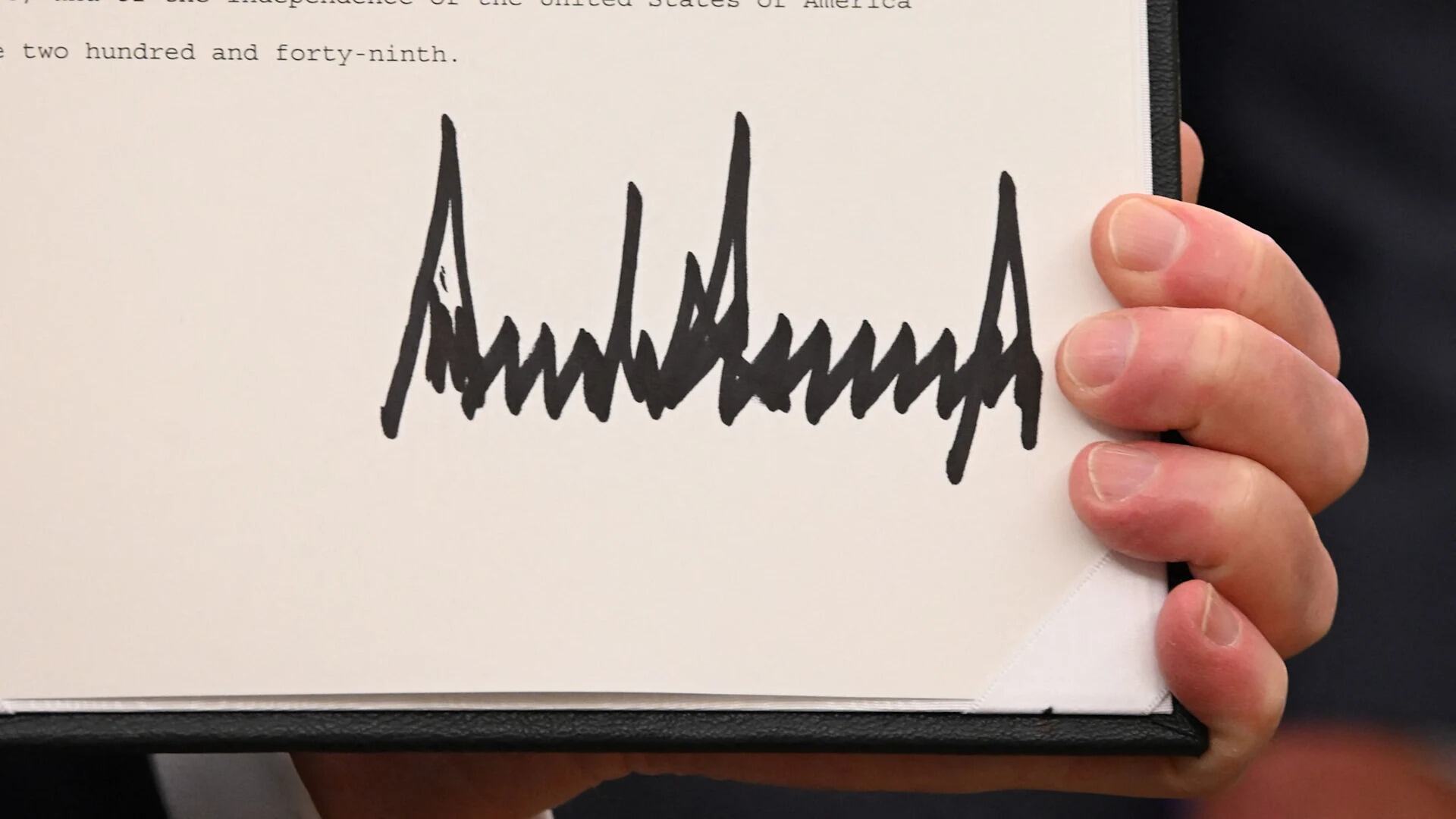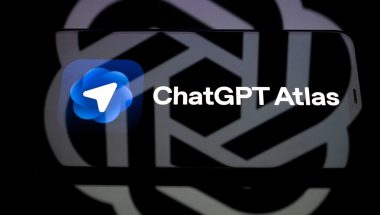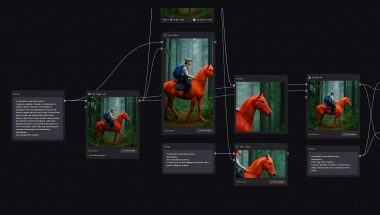- | 9:00 am
Ghosting reaches crisis levels in the Middle East job market. Is AI adding to the problem?
From the dating world, ghosting has infiltrated the professional realm — and it’s becoming a defining feature of the Middle East’s job market.

In today’s hypercompetitive hiring landscape, job ghosting—the act of abruptly cutting off communication—has become a two-way street. Candidates and employers across the Middle East are vanishing mid-process, leaving the other party in the dark.
According to a recent global recruitment firm, Robert Walters survey, 84% of regional job seekers feel their applications are often ignored. The numbers underscore what many professionals already know: more people are applying for jobs, but fewer are receiving a response.
And with the rise of AI tools enabling one-click applications and mass CV submissions, that number has only grown.
“Employers in the Middle East often deal with notoriously large talent pools,” says Jason Grundy, managing director of Robert Walters Middle East.
“Being one of the most attractive regions to international talent, the volume of applications employers must sift through to find key talent is already substantial. With the emergence and greater accessibility of AI solutions, this has further skyrocketed.”
Colin Lawrence, partner at executive search consultancy Converge, sees the impact firsthand.
“As a recruiter, I see this every day; when my team posts a job, we can get more than 500 applications in just the first hour. With so many people applying, it’s nearly impossible to reply to everyone,” he says.
While many companies still strive to notify shortlisted candidates, providing detailed feedback to every applicant is often unrealistic.
“This takes time, and in the Middle East, things move fast, so sometimes that step gets missed,” Lawrence adds.
WHEN AI ADDS TO THE PROBLEM
AI is amplifying the influx of job applications. Many candidates now use AI tools to automate or accelerate the process of applying for jobs, a strategy that’s causing mixed results.
“Jobseekers often use tools to speed up the job application process – to tailor their CV to suit specific roles, apply to roles en-masse or answer pre-screening questions. This contributes to a surge in applications for each role, leaving hiring teams inundated with variable relevance or quality CVs,” says Grundy.
While some hiring managers point to leaner recruitment teams or high volumes as reasons for not responding, many HR leaders argue that those aren’t valid excuses.
“Failing to follow up sends a direct message: that the candidate’s time and effort don’t matter. Whether or not we move forward with a candidate, we see every interaction as an opportunity to uphold our values, particularly dignity, empathy, and professionalism,” says Hana Agil, HR director for Cigna Healthcare Middle East and Africa.
She cites data from recruitment firm WorkPanda, which found that 70% of candidates wouldn’t reapply to a company that ghosted them, and 65% would share that experience with their networks.
“In markets like the UAE, where word-of-mouth and community trust are powerful, this can seriously undermine an employer’s reputation. And it doesn’t stop at talent: 79% of candidates said a poor experience would make them less likely to buy from or engage with the company in the future.”
CANDIDATES ARE GHOSTING, TOO
The trend isn’t limited to employers. A significant portion of job seekers are also dropping out mid-process, often after reaching the advanced stages of recruitment.
The Robert Walters survey found that 62% of candidates have withdrawn from the hiring process without notice, typically blaming long timelines and unresponsive hiring teams.
“Job seekers are often exploring several opportunities simultaneously. If the process takes too long or they stop hearing from us, it’s easy for them to move on or take another offer that comes faster,” says Lawrence.
He recalls one senior-level candidate who endured 10 rounds of interviews over a seven-month period. By the time the offer came, he had secured two others and negotiated a higher salary elsewhere.
Agil believes many candidates disengage not out of impatience but because of mismatched expectations.
“Job seekers today are more intentional. They’re not just applying for a salary; they’re looking for clarity, culture, purpose, and proof that the company values people beyond the job description. If the hiring journey feels inconsistent, vague, or disconnected from what the company claims to offer, they’ll move on,” she says.
THE AI DILEMMA IN RECRUITMENT
The role of AI in recruitment remains contentious. While it helps candidates and employers manage high volumes, it can also undermine meaningful communication.
“Employers may implement AI systems that automate communications with job seekers through chatbots or standardized emails to save time, yet they often lack a personal touch,” says Grundy.
This shift can make job seekers feel overlooked or undervalued, prompting many to drop out.
“The same technology meant to make hiring faster is adding to the problem in some ways. People can apply with just one click or use AI to send applications without checking if the job is the right fit,” says Lawrence.
“So when we receive 1,000-plus applications for one role that we post, only three or four are actually relevant. But for hiring teams, this means spending a lot more time just to spot the right candidates,” he adds. “That’s why it’s so important to find the right balance to use technology carefully and keep the human side of hiring at the center of it all.”
MANAGING THE AI OVERLOAD
As AI-generated applications flood inboxes, many companies find new ways to adapt, without compromising the candidate experience.
According to Grundy, employers are investing in smarter applicant tracking systems to detect AI-generated content and embedding skills assessments early to verify real-world capabilities. Some are even adding custom questions and personal tasks that can’t easily be faked by AI.
But AI, he cautions, should never fully replace human judgment.
“Placing more emphasis on behavioral and video interviews can help evaluate communication skills and cultural fit — things that are hard for AI to fake. More human-centered interactions, such as phone calls or other informal chats, also give hiring teams a better sense of a jobseeker’s personality and motivation,” Grundy says.
At Cigna Healthcare, AI is a tool, not a decision-maker. “Screening tools can flag experience, but they can’t pick up on mindset, values, or motivation,” says Agil. “That’s why we still prioritize human conversations. During those conversations, we uncover what tech can’t show.”
Job ghosting may be a modern workplace reality, but it doesn’t have to be the norm. As companies and candidates navigate an increasingly digital and high-pressure hiring environment, communication, empathy, and transparency will become the true differentiators.
Because in a region where relationships still matter, the silent treatment may do more harm than anyone can afford.







































